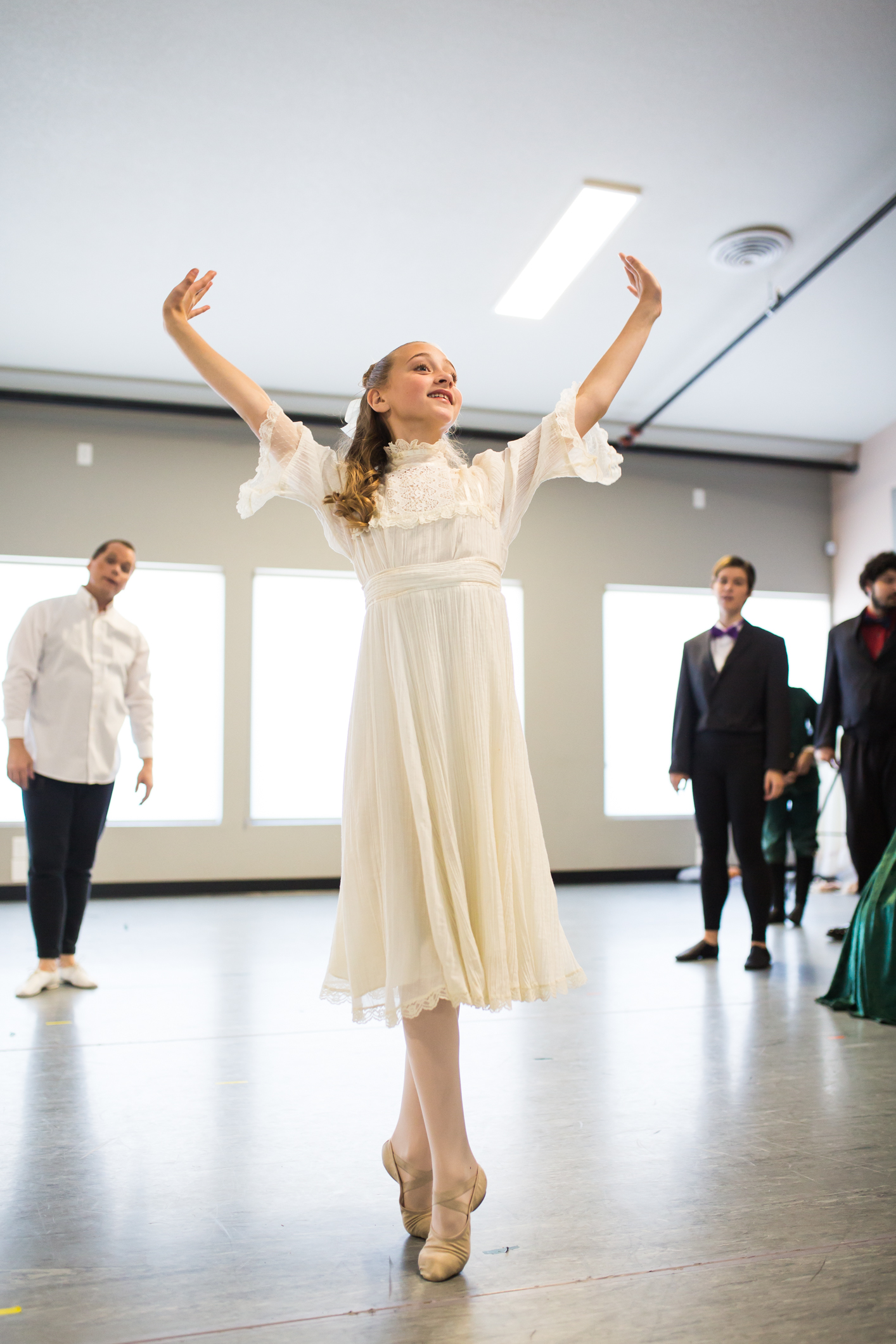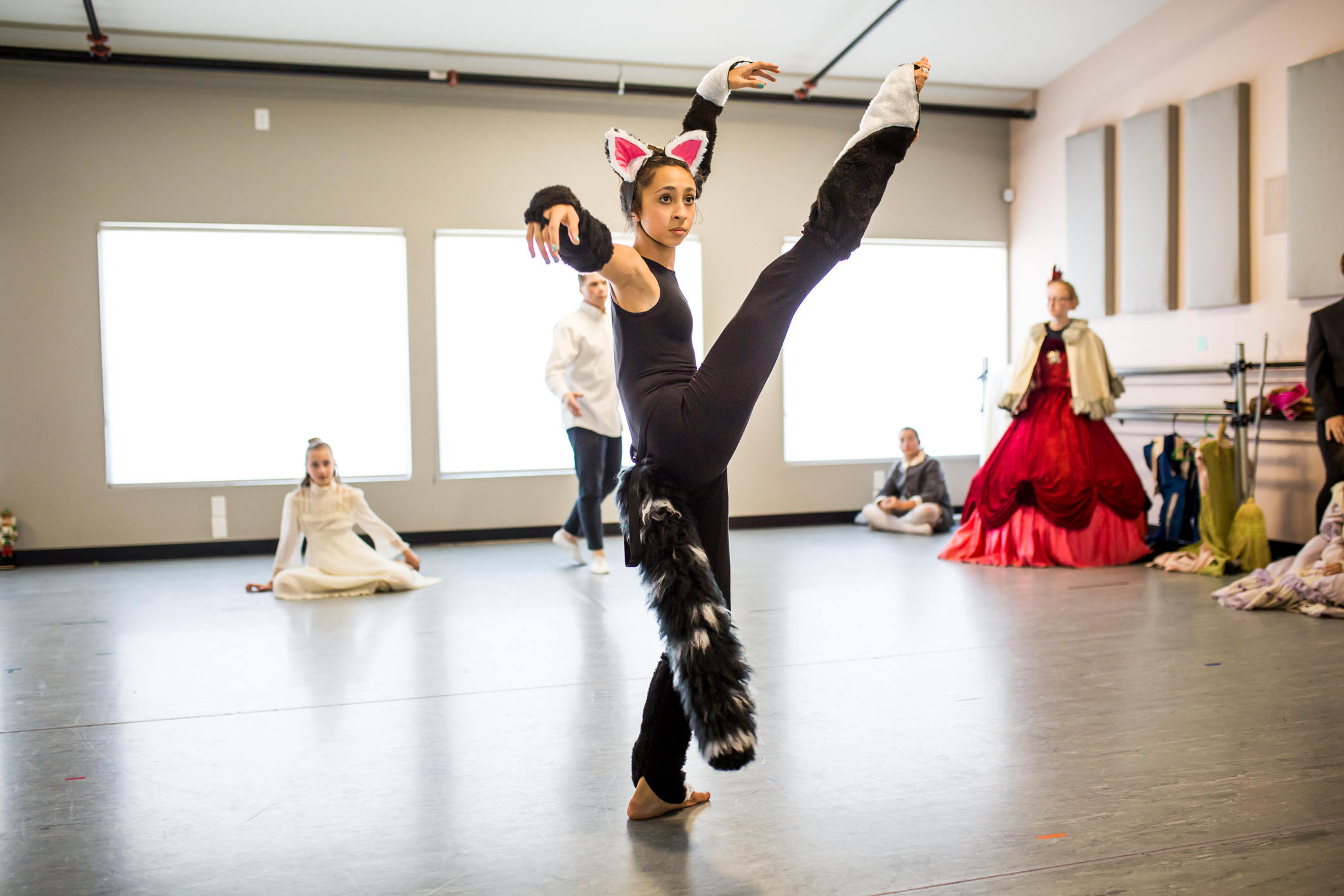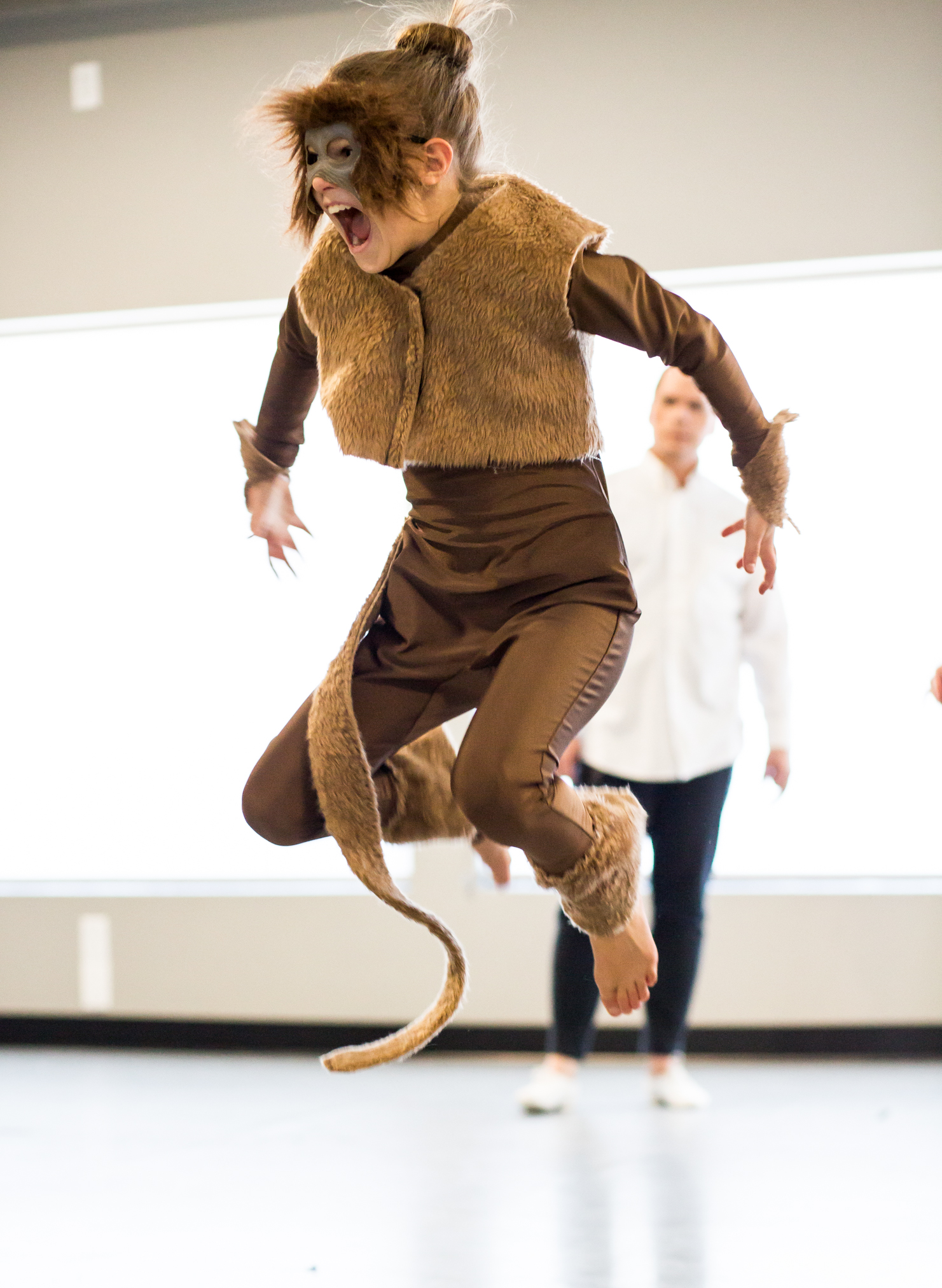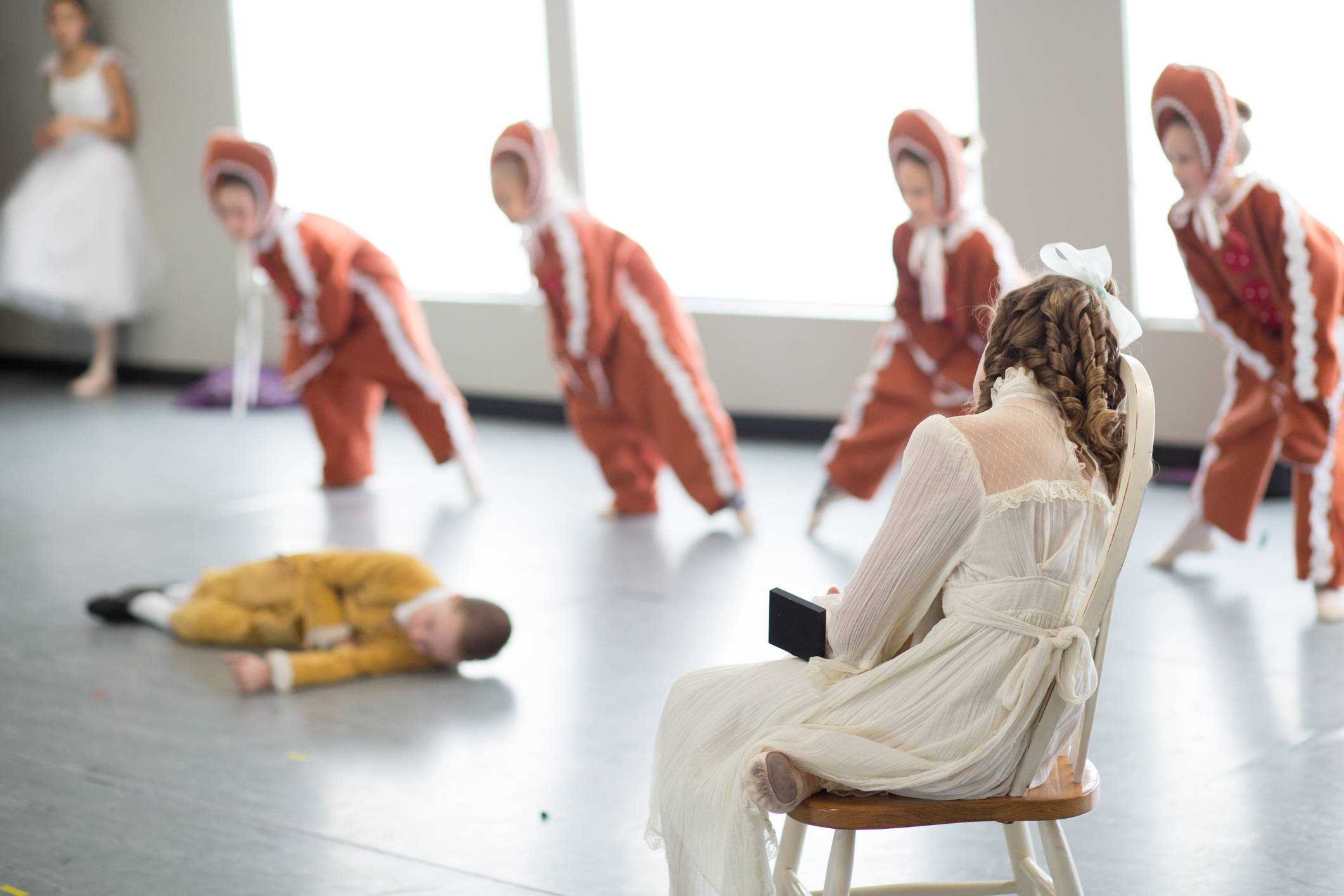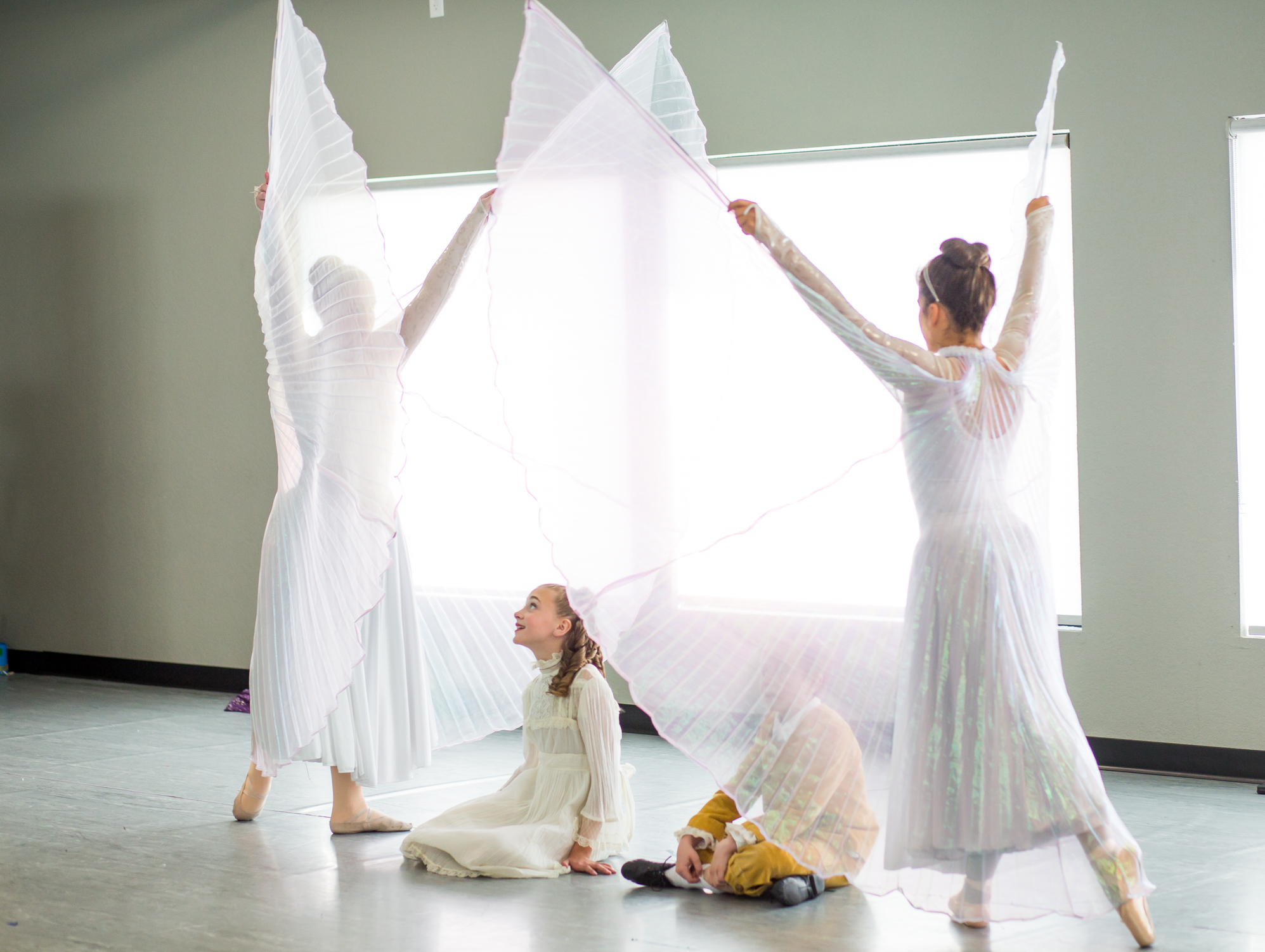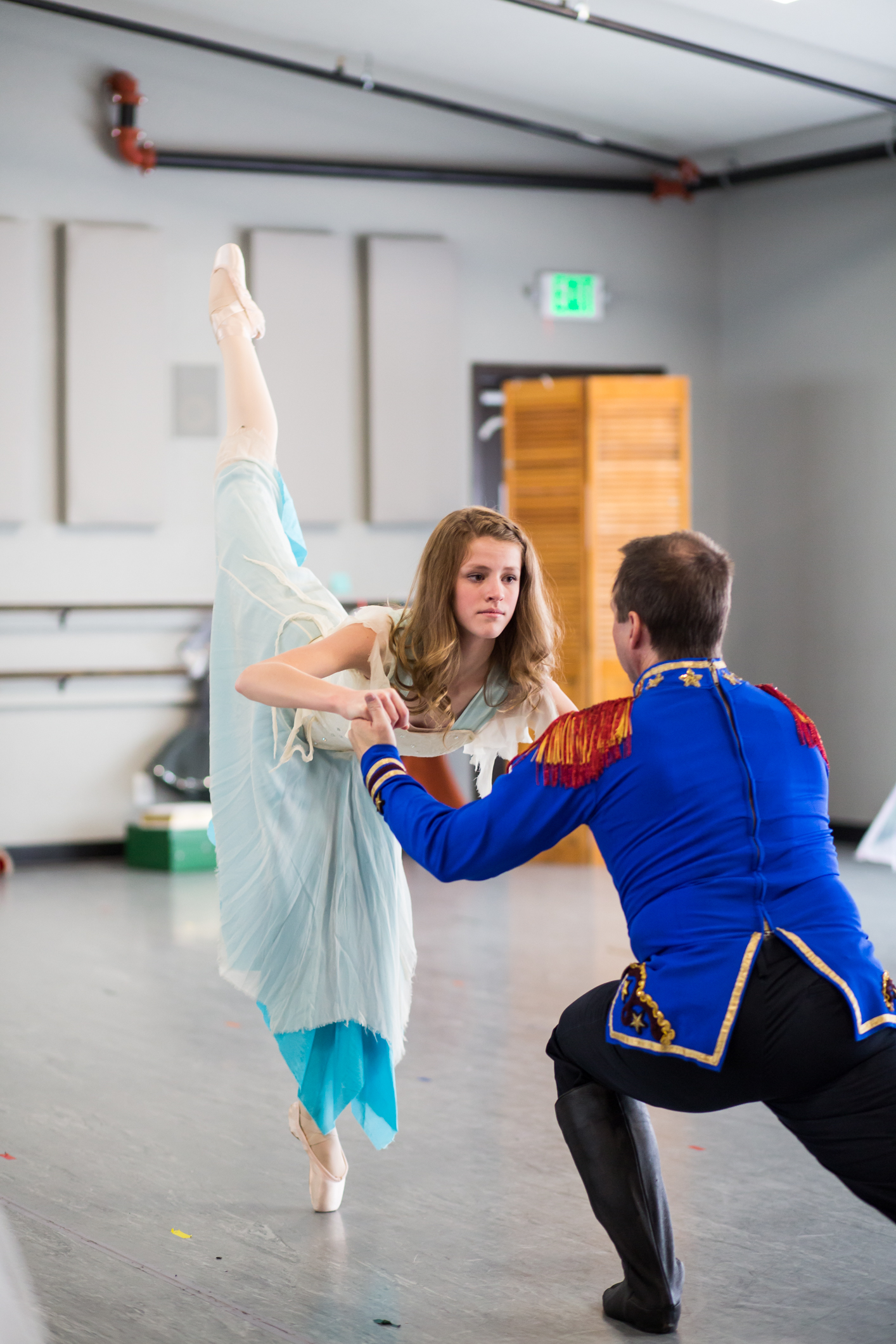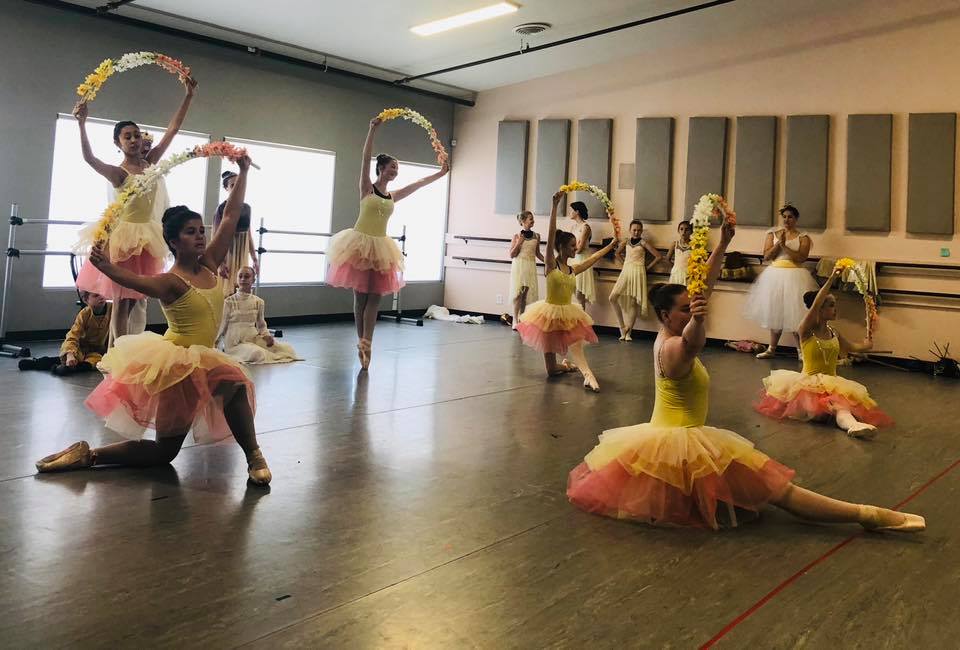Creating The Prince
A family’s annual holiday party. Dolls coming to life. Battles between good and evil among soldiers and mice. While each scene is a familiar part of the Christmas season, each sight is a small part of a bigger message in store for audiences as Fidèle Youth Dance Company, part of Turning Pointe Dance, presents The Prince, November 17-18 at Mitchell High School.
Created by Katha Morrill, The Prince was first performed by Morrill’s company, Arts Revealing the Son (A.R.T.S.), more than 20 years ago in Edmond, Oklahoma. An original take on the classic Nutcracker ballet, The Prince recreates the classic story with a faith-based mindset – one planted in Morrill’s heart one night in a dream.
“I glanced at the clock: 3 a.m.,” Morrill recalled. “I fluffed my pillow and closed my eyes, but I was wide awake, my mind racing with images of The Nutcracker. One by one, a series of pictures danced through my head: Clara receiving her beloved Christmas present, the Mouse King’s arrival in the night, the nutcracker transforming into a prince.”
“The images kept coming. Fabrics and colors for the costumes, with students to cast in each role,” Morrill continued. “It wasn’t The Nutcracker at all, but an original Christmas story.”
After several nights of careful note taking, hours spent choreographing each piece and plenty of help from company members and their families, the Lord made a way for The Prince to be performed on stage for the first time, just as Morrill had envisioned it – with the role of Clara being performed by one of Morrill’s students, Fidèle’s director, Mimi McKinnis.
“To this day, I remember the impact The Prince had even that first year,” McKinnis said. “I remember the boy who played Fritz in the premier season, a non-believer, calling me after rehearsals and asking me to read and make sense of the Scriptures Miss Katha had gone over in class. No one had even seen the show yet, but God was already working through its message.”
For more than two decades, the show continued to be an annual production of A.R.T.S., now Edmond Performing Arts Center, growing into two productions and even being rewritten by Morrill’s daughter, Mandy O’Neal, before the 2015 season. In 2017, The Prince’s first production came to Colorado Springs and was performed by Fidèle Youth Dance Company, directed by McKinnis with the assistance of Morrill. This season, McKinnis and Morrill teamed again to put both performances together into one full-length production, bringing the show’s original structure back to the stage for the first time in nearly five years.
“It’s been such a wonderful experience working with Miss Katha again, and bringing the show back to its roots,” McKinnis said. “The production has grown so much, but there are so many elements that are exactly how I remember them. Only this time around, it’s my students who are performing, and the baby in the Heaven scene that opens act two is my daughter. It’s amazing how God is still working through Katha’s vision after all these years.”
Following The Nutcracker’s original structure, Act 1 of The Prince shows a family’s Christmas party and the children’s dreams of battles between soldiers and mice, while Act 2 includes featured solo and small group performances depicting various characters for the children’s viewing, all set to Tchaikovsky’s classic soundtrack. Unlike the original, The Prince shows a deeper meaning behind each character’s actions and the chaos of the holidays, bringing the audience back to the true meaning of Christmas and God’s promise of provision, deliverance from sin and unwavering grace.
A perfect way to welcome the holiday season, The Prince will be at Mitchell High School, Saturday, November 17, at 6 p.m. and Sunday, November 18, at 2 p.m. Tickets are available and on sale now.
“This production is so special to me for many reasons,” McKinnis said. “I’m so excited to see how God will work, as He always has, through this amazing show.”


